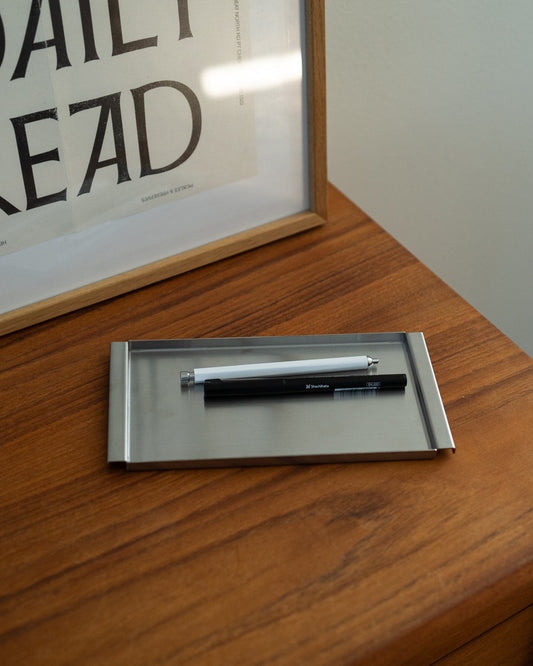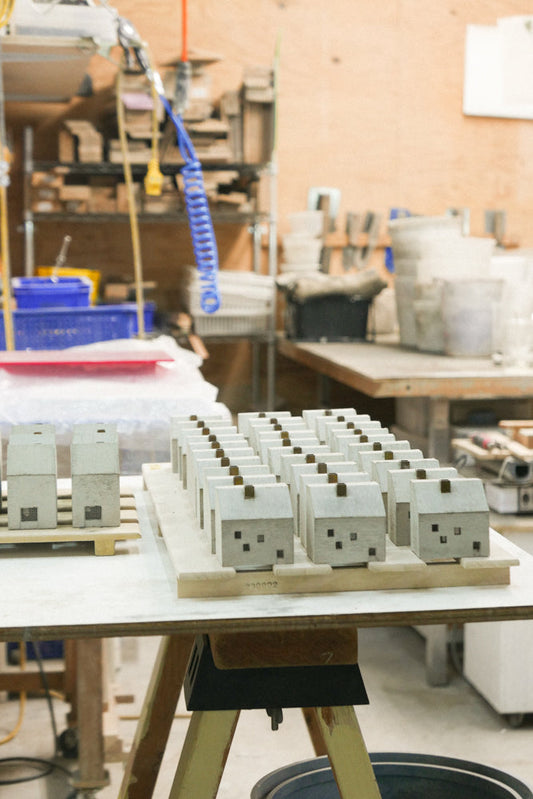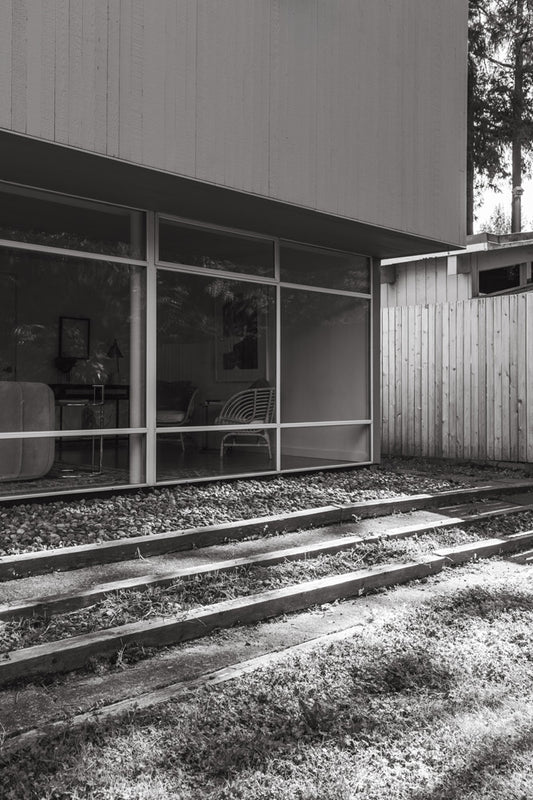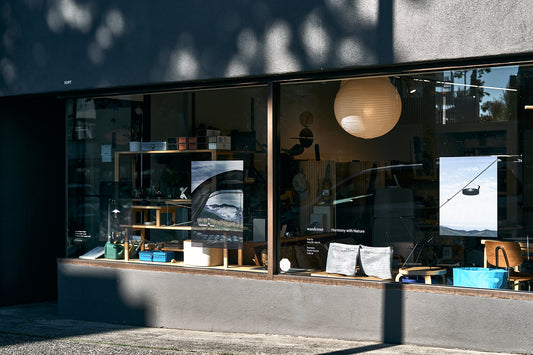Kerry James Marshall painted pieces that explore racial politics, cultural reproduction, and social emanicpation.
In an effort to reconcile the Black identity & images of Western ideals, he tackles the “history of art” by filling in the “hole in the image database” with his works, raising questions about how the art system maintains itself thru concepts of power, legitimacy, and marginalism.


A retrospective:
1955
Born in Birmingham, Alabama
1963
Moved to Watts, LA (1 year before Civil Rights Act, 2 years before Watts Riots racked the neighbourhood)
1964
Moved out of Nickerson Gardens Housing Project & into a house owned by a barber, down the street from the Black Panther HQ. The barber’s shop inspired this famous work.
1967
KJM’s interest in Renaissance art flourishes. He comes across the publication ‘Images of Dignity: The Drawings of Charles White’, his first time seeing published drawings of Black people.
1980
KJM’s creates his breakout work, meant to evoke Ralph Ellison’a book, ‘Invisible Man’.
1997
“Garden Party” series begins, introduces “blots”—gestural marks carefully studied & added on. “Clarity is a key quality for me… Nothing should get in the way of seeing what the picture is trying to do.” — KJM via artsy.net
1999 to present
Develops the comic series “Rythm Mastr”, depicting Black superheroes and started as drawn comics but now exist as video and lightbox installations. Set in “Black Metropolis”, the real nickname for his current neighbourhood, Bronzeville, where he lives and works. The name faded when large-scale, problematic housing projects went up in the ‘50s and ‘60s.






